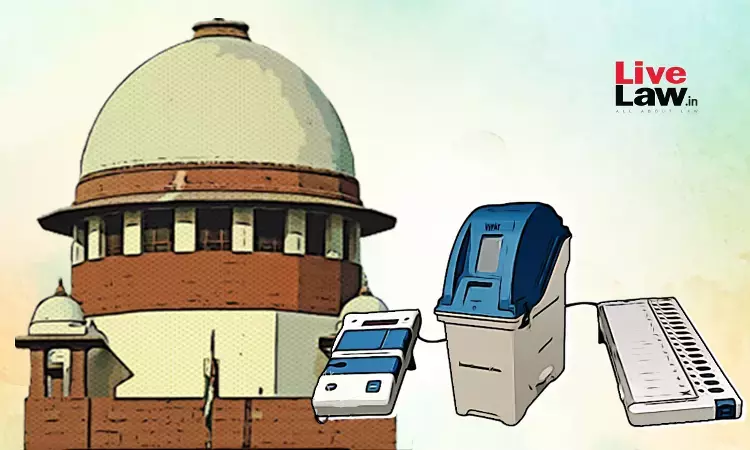The Supreme Court on Tuesday (April 16) heard petitions seeking complete verification of Electronic Voting Machine (EVM) against Voter-Verifiable Paper Audit Trail (VVPAT) records.After hearing the matter for over two hours, the bench comprising Justices Sanjiv Khanna and Dipankar Datta posted the matter on April 18 for further hearing. Notably, the first phase of the Lok Sabha...

